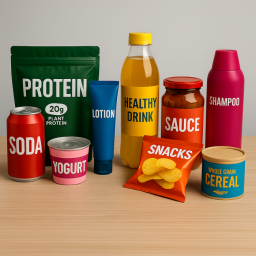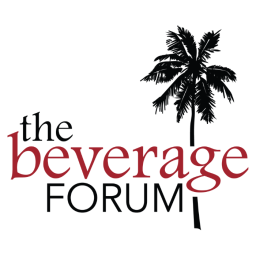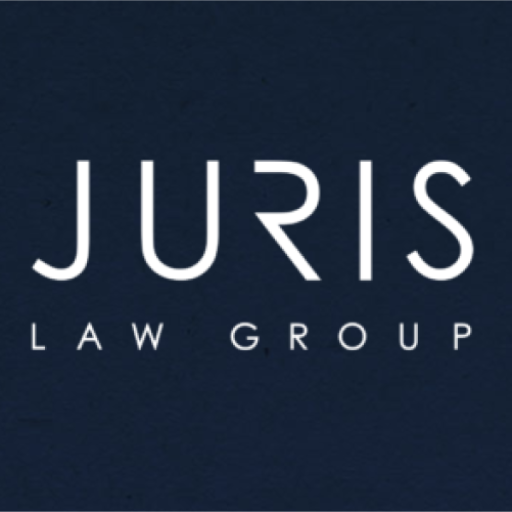
The consumer packaged goods (CPG) space is more saturated than ever. From innovative beverages to clean-label snacks and wellness supplements, challenger brands are pushing boundaries and bringing fresh ideas to the shelf. But competing with legacy giants—armed with massive marketing budgets, longstanding buyer relationships, and established brand recognition—requires more than creativity and hustle. It takes precision, strategy, and an understanding of both business realities and legal infrastructure.
Emerging brands face a critical truth: the first impression you make—on retailers, consumers, and investors—can define your future trajectory. Success isn’t just about taste, texture, or packaging aesthetics. It’s also about preparation behind the scenes. If you’re pitching buyers, building influencer campaigns, or expanding into national retailers without the right legal foundation, you’re inviting long-term risk. In this article, we explore how challenger CPG brands can stand out by scaling smartly, protecting themselves contractually, and avoiding the legal pitfalls that often derail promising companies.
How Can CPG Brands Scale Safely from DTC to Retail?
Challenger brands often begin with direct-to-consumer (DTC) models that allow for control over pricing, messaging, and data. But once they gain traction, the goal is often to expand into wholesale and retail distribution. This leap is filled with legal landmines if not managed properly. Here’s how to scale safely:
Slotting Fee Agreements
Many retailers charge fees for stocking new products—commonly known as slotting fees. These fees can be significant and often non-refundable, even if the product fails to sell. It’s critical for brands to understand how these agreements work, what deliverables are tied to the fee, and whether performance-based reductions or trial periods are available.
- Negotiate performance-based clauses to reduce upfront risk
- Avoid long-term commitments tied to early-stage sales projections
- Clarify what marketing support, if any, is included in the fee
Minimum Advertised Price (MAP) Policies
When moving into retail, brands must protect their perceived value. A MAP policy helps ensure retailers and resellers don’t undercut your pricing, eroding brand equity. However, a MAP policy is only effective if it’s legally compliant and consistently enforced.
- Establish a clear, written MAP policy shared with all partners
- Monitor compliance through resellers and online platforms
- Consider consequences for violations, such as delayed shipments or account suspension
Joint Promotions and Co-Branding
Retail buyers may request collaborative marketing efforts such as in-store demos, co-branded ads, or digital campaigns. While these initiatives can amplify exposure, they must be governed by detailed agreements to avoid scope creep or brand misuse.
- Define deliverables, timing, and financial responsibilities in writing
- Address IP rights for creative assets and shared content
- Include brand usage guidelines and approval rights
Exclusivity and Non-Competes
Exclusivity clauses can appear harmless at first, but they may restrict your ability to grow in other markets, partner with other distributors, or expand to adjacent product categories. Legal review is essential before accepting such terms.
- Limit exclusivity by geography, channel, or product line
- Include termination clauses if sales targets aren’t met
- Avoid open-ended or overly broad language
Chargebacks and Deductions
Unexpected deductions—called chargebacks—can erode margins and create financial uncertainty. These often include marketing fees, damages, late shipments, or incorrect documentation. The key is identifying these clauses early and negotiating limits.
- Require advance notice and documentation for any deductions
- Cap deductions or tie them to objective criteria
- Audit vendor compliance regularly to catch overcharges
Retail Vendor Agreements
Most retail vendor agreements are drafted heavily in favor of the retailer. They often include unfavorable terms related to indemnity, insurance, penalties, and unilateral amendments. Brands should never sign these agreements without legal review.
- Push back on broad indemnification clauses
- Clarify responsibilities for recalls, defects, and insurance coverage
- Ensure mutual amendment and termination provisions
Additional Strategies to Stand Out Legally and Commercially
Build Legal Infrastructure Early: Just as you build your pitch deck and product line, you should build your internal compliance strategy. Make sure your packaging claims are substantiated, your trademarks are registered, and your contracts are scalable.
Lean into Value, But Be Compliant: Consumers may pay more for sustainability, clean ingredients, or ethical sourcing. But marketing those traits requires documented proof to avoid greenwashing claims or regulatory scrutiny.
Create a Memorable and Protected Brand Identity: Your packaging is your first handshake with the consumer. Make it unforgettable—and then protect it with trademarks, trade dress, and contractually enforceable design rights.
Use Sampling Strategically: Giving away product is common in the CPG space, but you still need terms and conditions that limit liability and outline what recipients can (and can’t) do with your product or brand assets.
Impress with Professionalism: Retail buyers expect polished decks, tested products, and legal readiness. The brands that stand out are the ones that look and act like they’re already playing at the national level—even if they’re still bootstrapped.
FREQUENTLY ASKED QUESTIONS
Question: What is a slotting fee and do I have to pay it?
Answer: A slotting fee is a charge retailers impose for stocking your product. You may be able to negotiate this or tie it to performance metrics.
Question: How can I avoid copycats once I launch?
Answer: Register your trademarks, monitor the market, and include strong IP protections in your contracts with co-packers, designers, and distributors.
Question: Are retail vendor agreements negotiable?
Answer: Yes. While many seem non-negotiable, you should always review them with legal counsel. Key terms—like liability, deductions, and exclusivity—can often be modified.
Question: What packaging claims could get me into legal trouble?
Answer: Claims about health benefits, sustainability, or sourcing must be substantiated. Misleading claims can lead to class actions or regulatory enforcement.
Question: Can I use influencer content on my site?
Answer: Only if your agreement permits it. Always include rights of use in influencer contracts, and ensure FTC disclosure compliance.
Conclusion
Challenger CPG brands can absolutely win in today’s crowded market—but only if they treat legal strategy as a growth driver, not just a formality. At Juris Law Group, P.C. we help emerging food, beverage, wellness, and supplement brands navigate the complexities of scale. From vendor negotiations to packaging compliance and intellectual property, we work alongside you so your momentum is never interrupted by legal missteps.
If your brand is preparing to grow or entering a new retail channel, we’d love to connect. Reach out to Juris Law Group, P.C. for a consultation or follow us on LinkedIn for ongoing insights tailored to challenger brands scaling with confidence.






